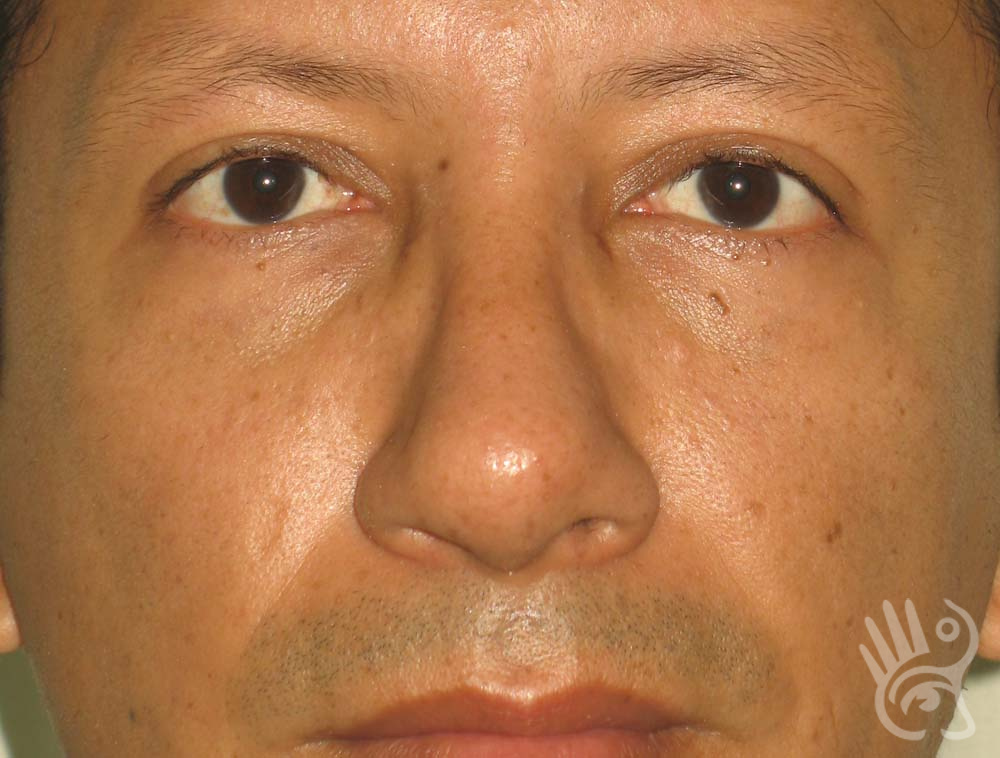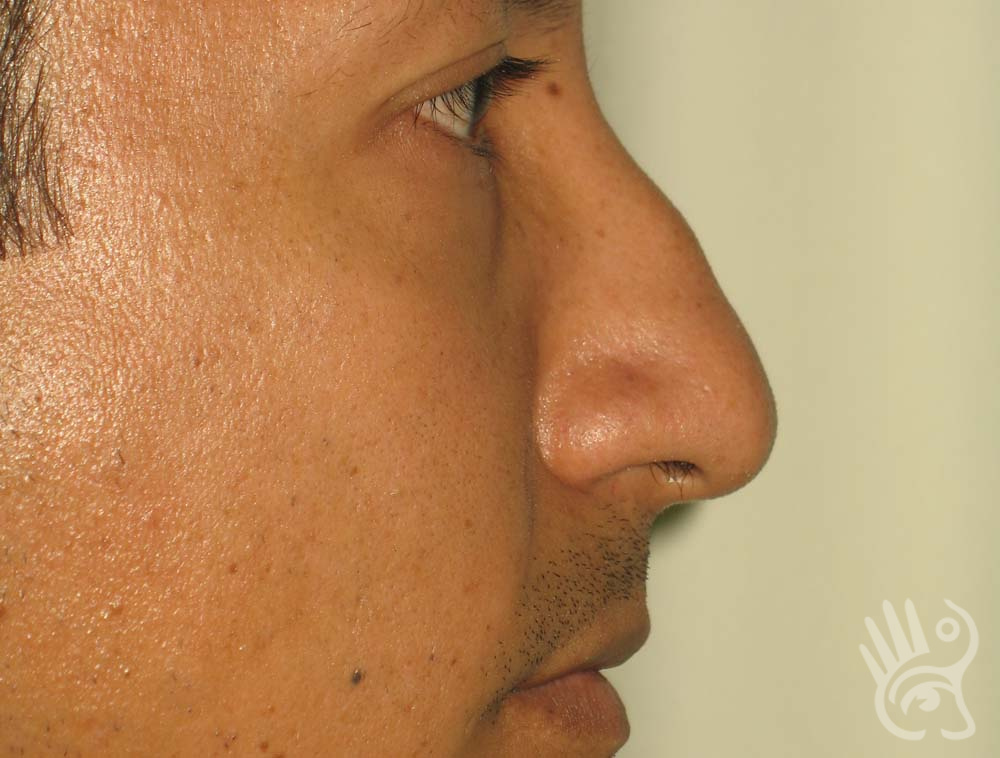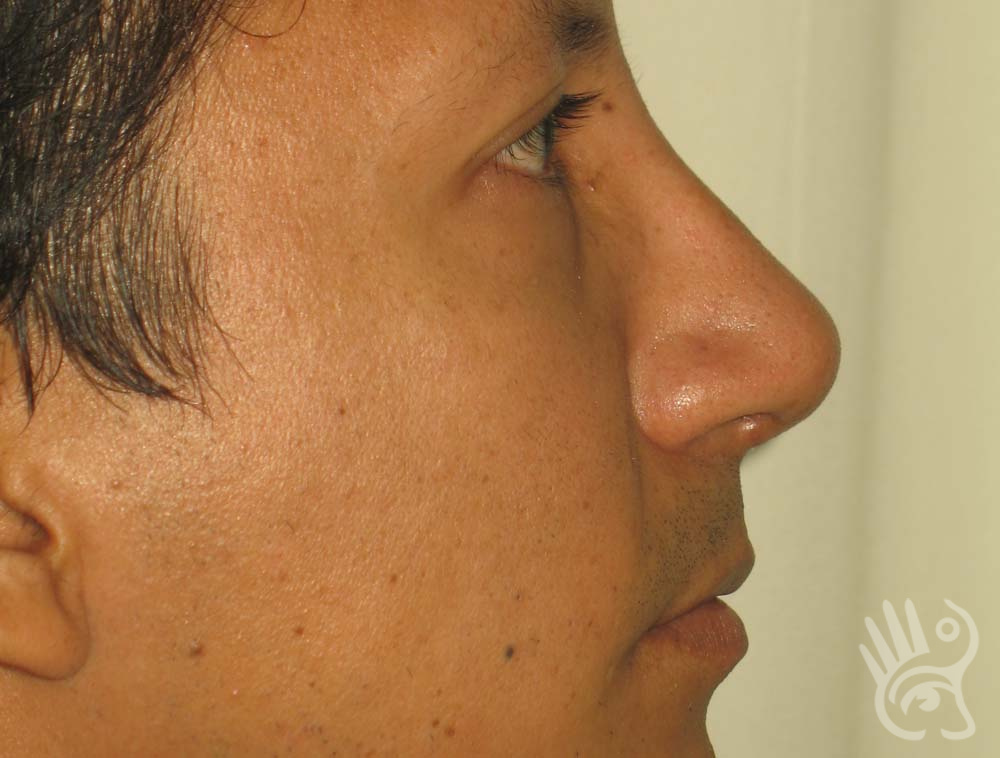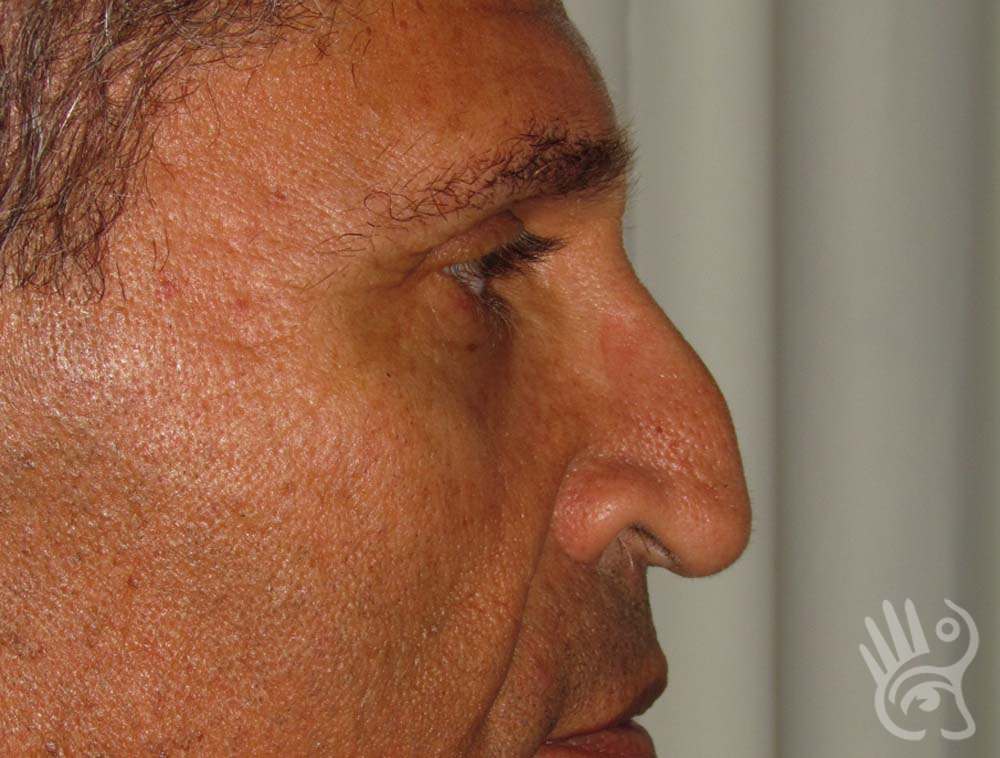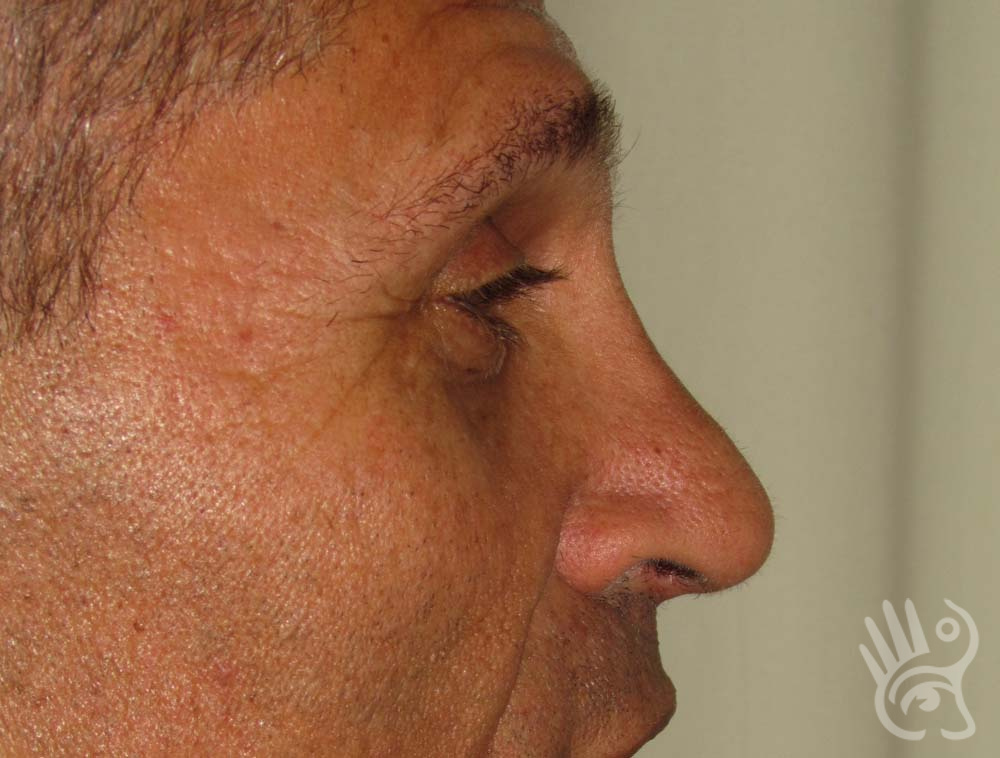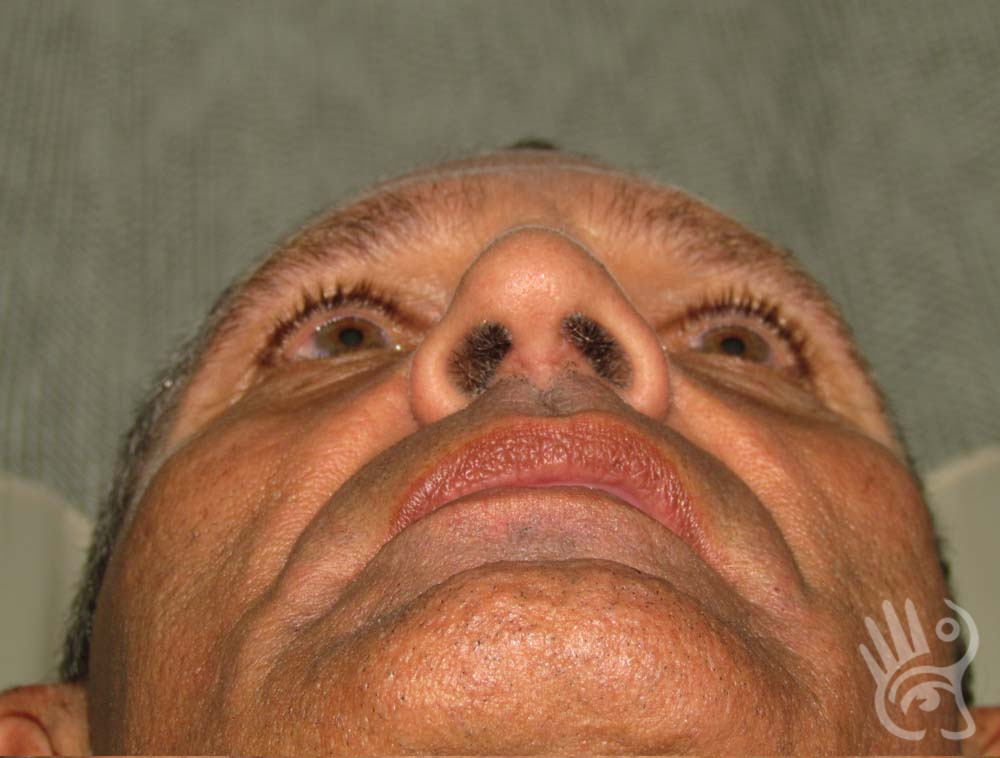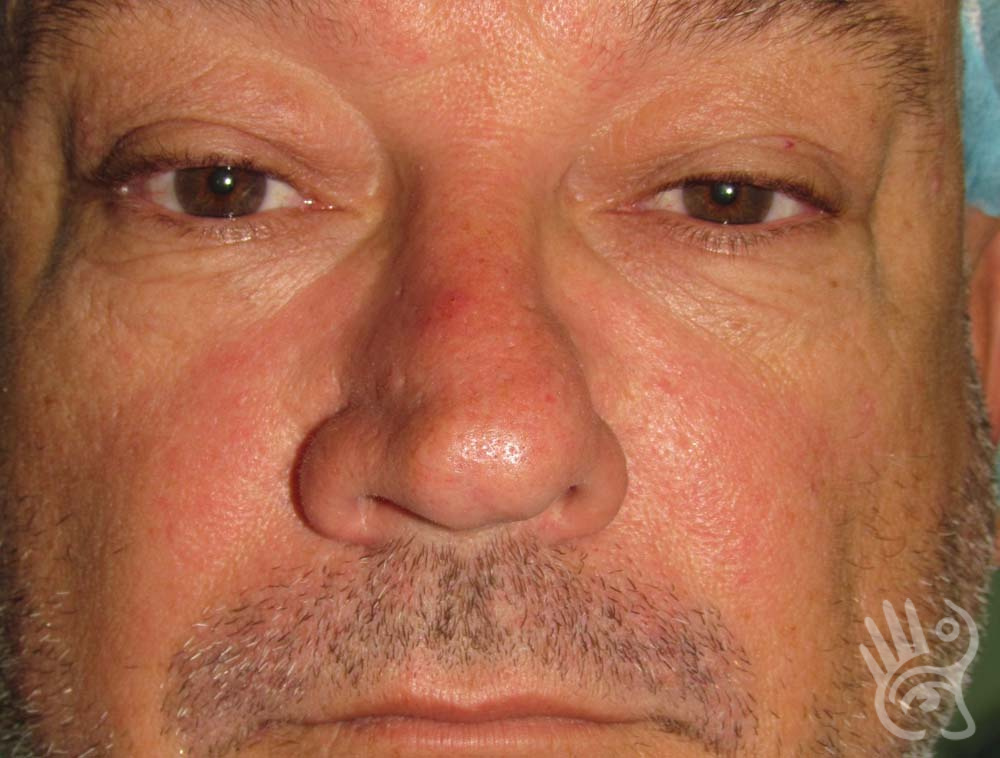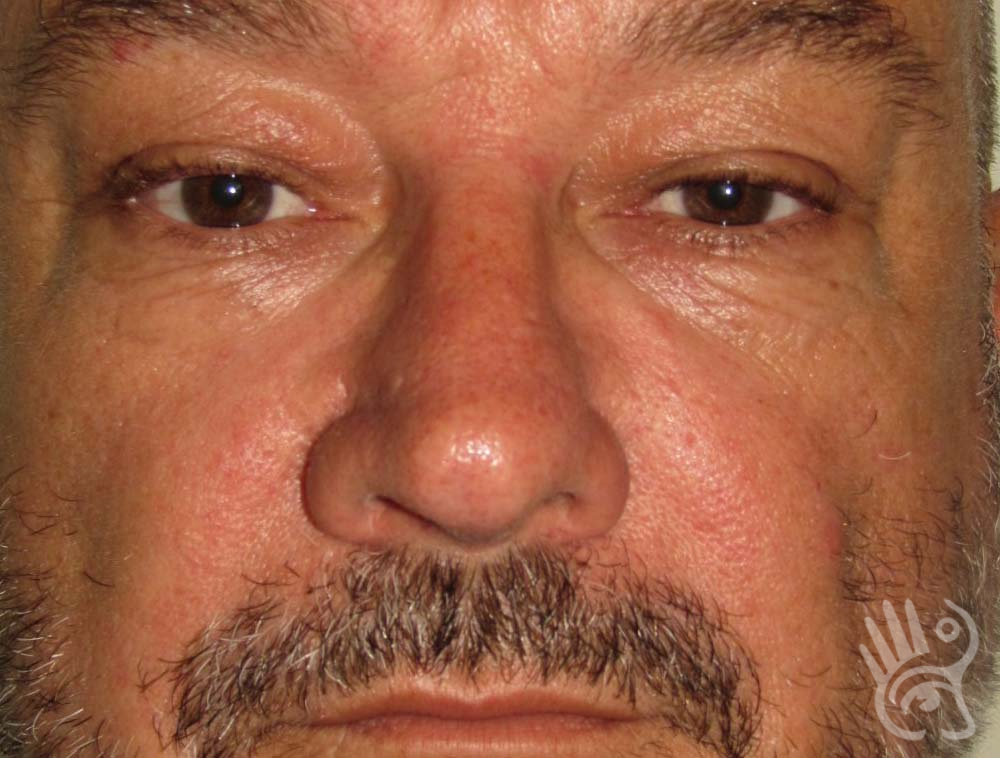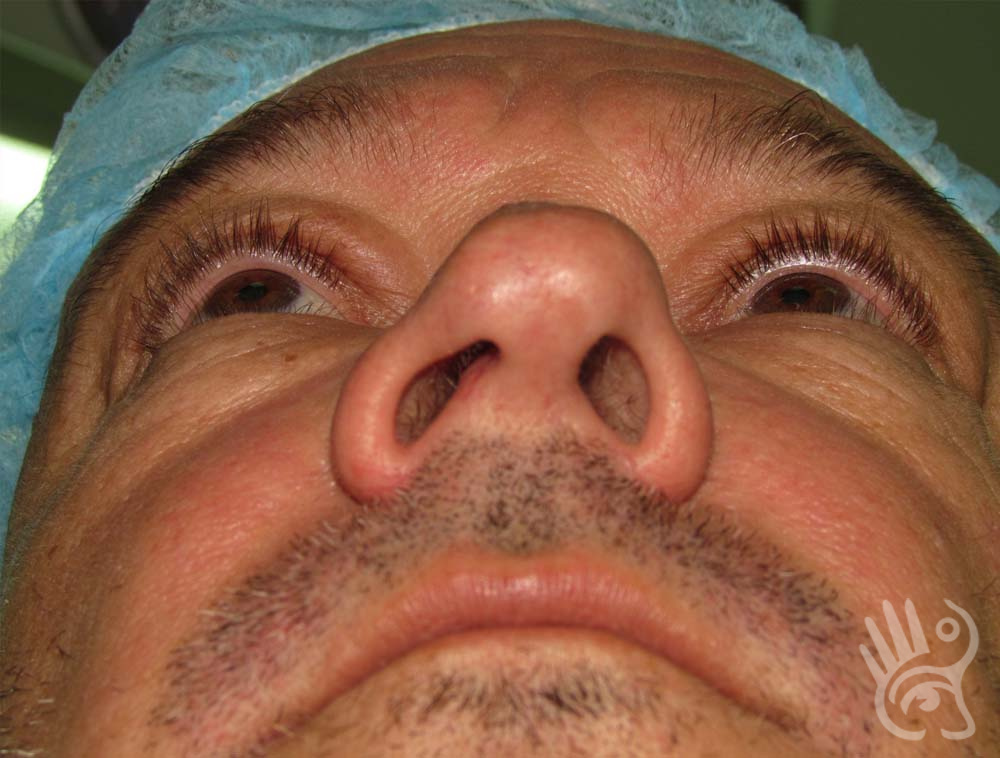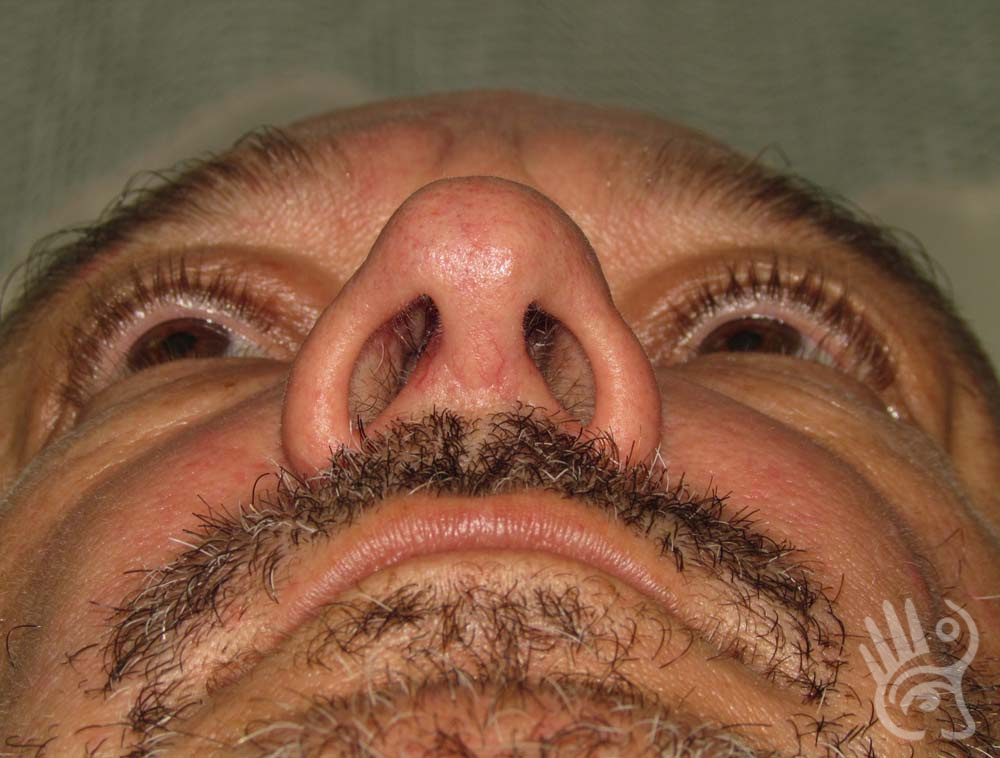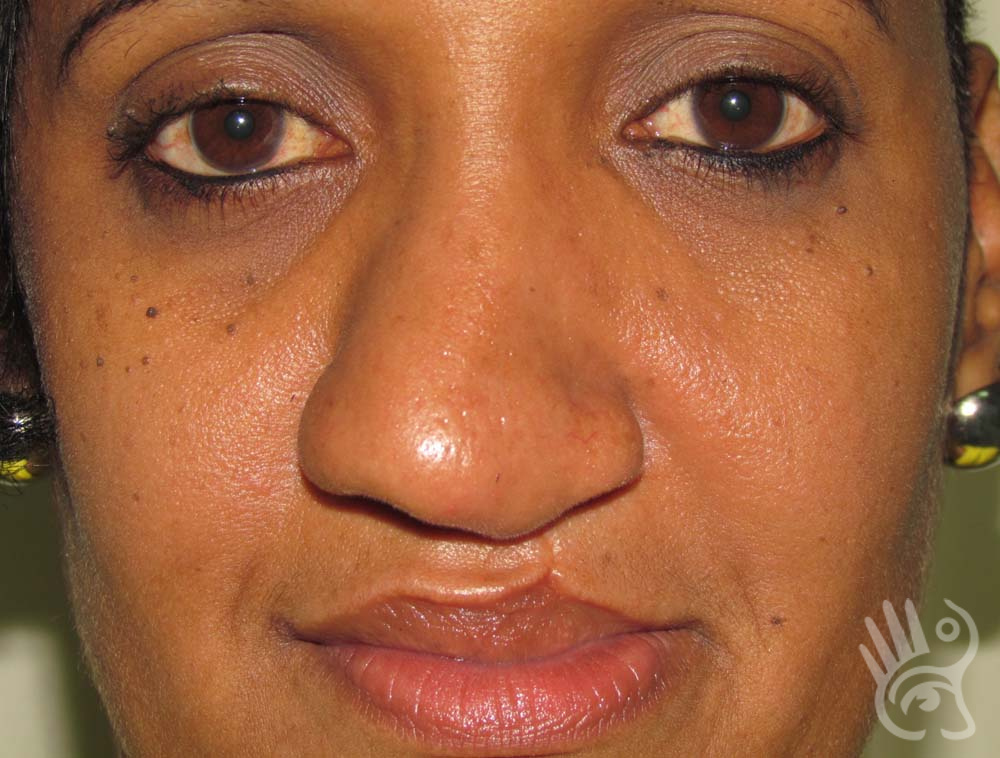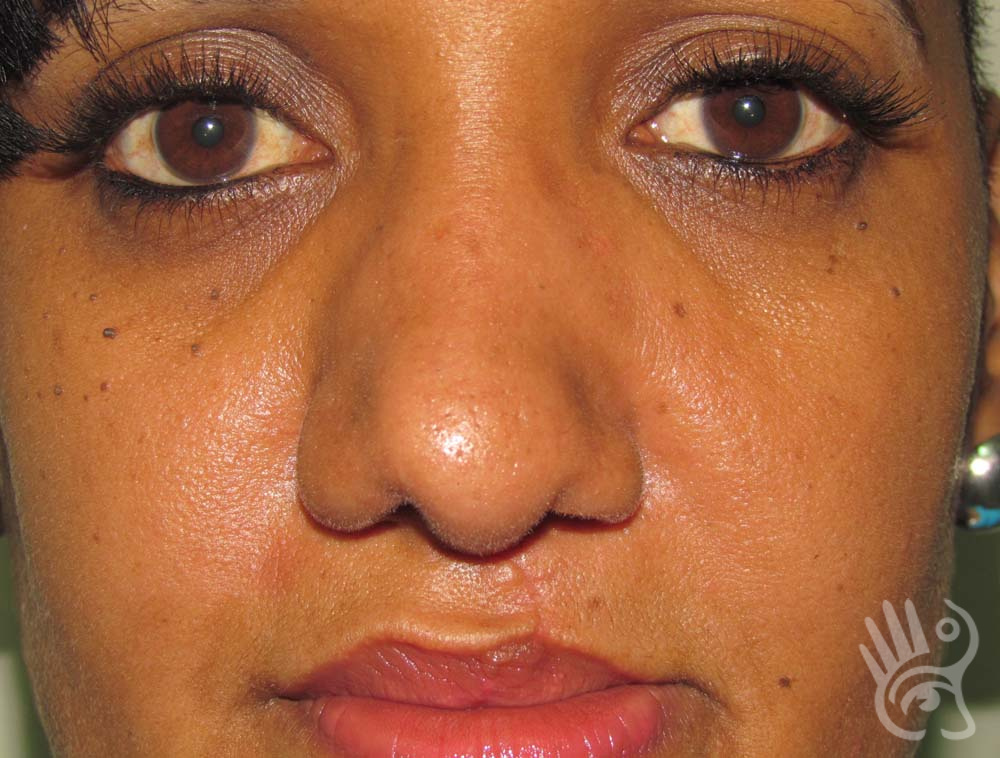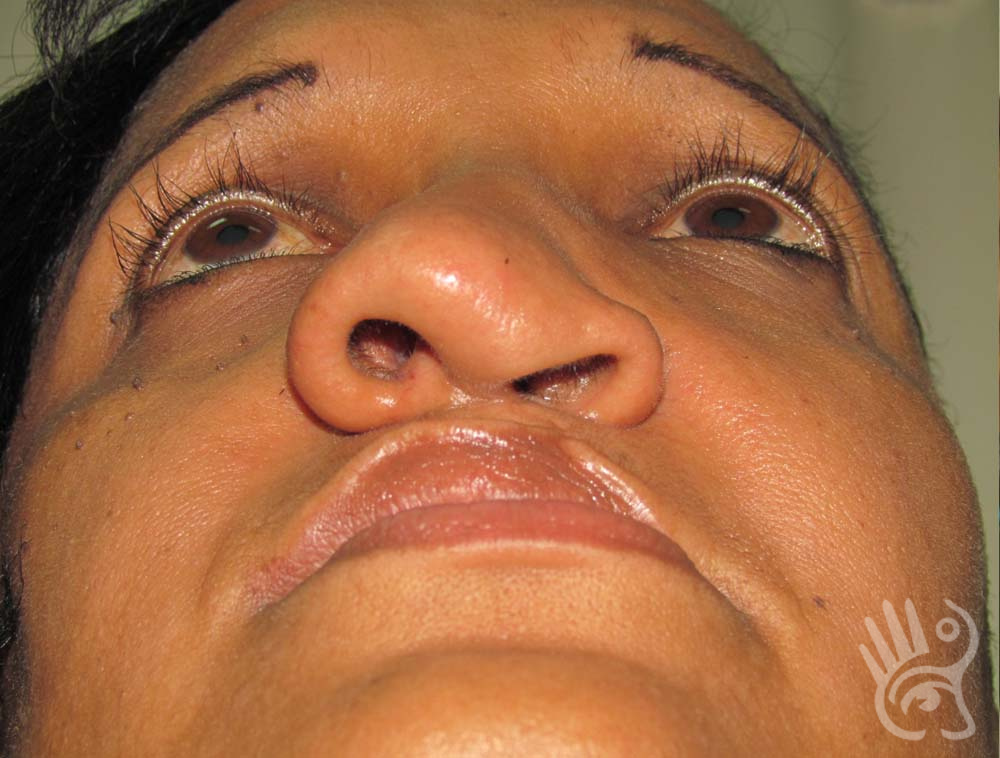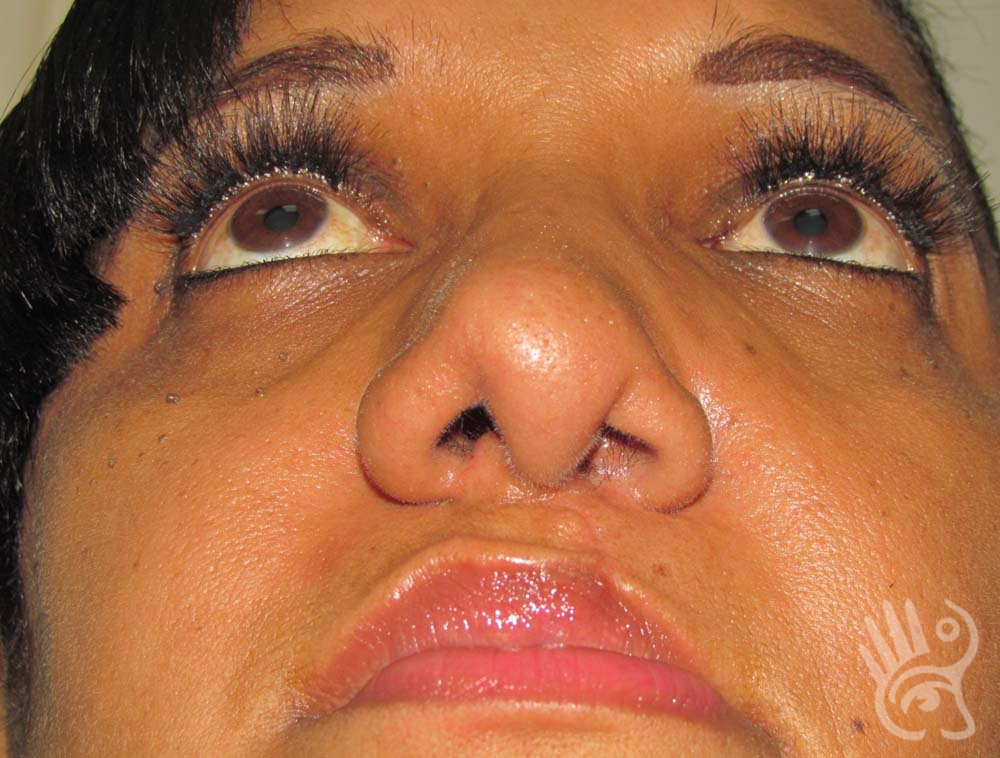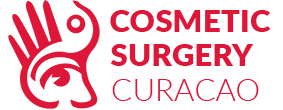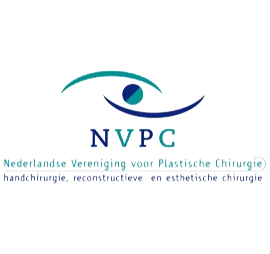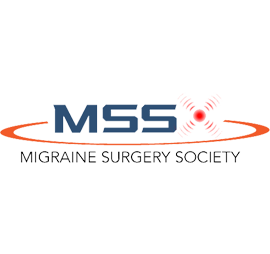A rhinoplasty, also referred to as a nose job, can improve the shape and the function of a nose. Defects of the nose can be congenital or as a result from trauma of multiple surgeries. A rhinoplasty can be performed to improve on your functional complaints, such as a blocked nose or headaches. It can also be that you are not content with the shape and appearance of the nose. The operative treatment of the shape of the nose can be to make the nose smaller, improve the shape of the tip of the nose, remove the hump of the nose and/or to straighten a crooked nose. The shape of the nose is very personal and needs to be assessed individually. It has to be clear that the patient wants a correction and that it is not a request from others. The results of a rhinoplasty are permanent.

